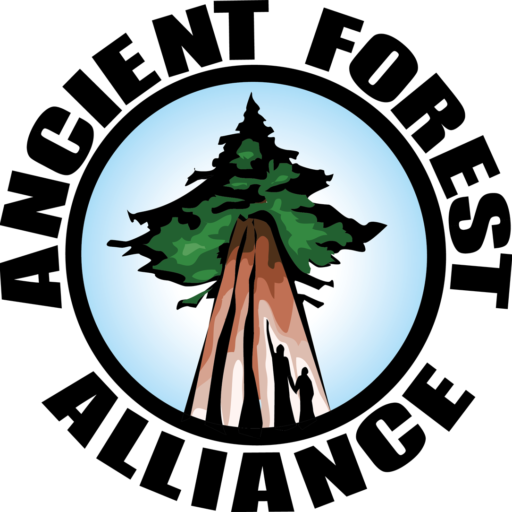Get in Touch
AFA’s office is located on the territories of the Lekwungen Peoples, also known as the Songhees and Esquimalt Nations.
Copyright © 2025 Ancient Forest Alliance • All Rights Reserved
Earth-Friendly Web Design by Fairwind Creative
Earth-Friendly Web Design by Fairwind Creative

Before COP15, Conservation Groups call on BC Government to Commit to Funding and Targets to Expand Protected Areas in BC
Giant trees still fall amid old-growth funding lag for BC First Nations
Before and after photos show devastating effects of intensive logging on BC’s old-growth forests
Businesses join environmentalists to push BC’s premier to protect biodiversity
Thank you to our recent business supporters
Join us for our Year-End Celebration & Fundraiser on Weds. Nov. 30th
BC hasn’t taken $50 million federal offer for old-growth forest protections
Great News! Diverse Old-Growth Forests Purchased by Conservation Groups for First Nations
Spin-filled Announcement Reveals BC Government’s Failure to Ensure Net Gains in Old-Growth Logging Deferrals
VIDEO: Before and After Old-Growth Logging – Caycuse Watershed 2022